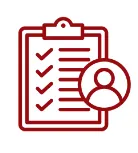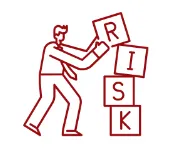“You don't build a business -- you build people -- and then people build your business.”
~ Zig Ziglar ~
Blog
Keeping clients informed on HR trends, updated labor employment laws is critical to business owners. We blog HR information regarding case studies, HR updates and HR practices and procedures on HR topics such as:
Employee Relations
Workplace culture
Labor/Employment Law updates
Workplace Wellness
Employee Handbook Updates
. . . . and so much more.
Feel free to send a message with Blog Topic suggestions.
We are committed to success of your business!!
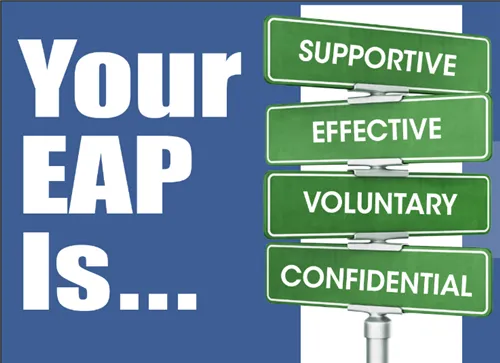
Ten Steps to Developing and Implementing an employee assistance plan (EAP) in the workplace involves several important steps!
“In order to build a rewarding employee experience, you need to understand what matters to your people.” - Julie Bevacqua
Introduction:
Employee Assistance Programs (EAPs) are important because they provide a proactive and supportive approach to addressing employees' mental health and well-being. By offering accessible and confidential assistance, EAPs contribute to creating a healthier and more productive work environment.

With that said, here are 10 steps to developing and impleting an Employee Assistance Program (EAP) in your business! 👊
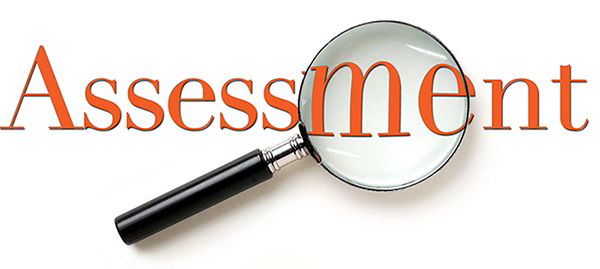
An Employee Assistance Program (EAP) is a voluntary, work-based program that offers free and confidiental assessments, short-term counseling, referrals, and follow-up services to employees who have personal and/or work-related problems.
Employee Assistance Programs often are confused with health insurance that is already paid for by the employer. Employee assistance programs differ from health insurance as there is no charge to the employee for the assessments process that the EAP provides. At the first interview, called the assessment, the employee describes their problems(s) to a licensed trained specialist.
So what are the steps for developing and implementing an Employee Assistance Program (EAP) in your business?
1. Assess the need for an EAP.
Begin by assessing the specific needs of your employees and the workplace. Consider factors such as employee stress levels, work-life balance challenges, mental health concerns, and any other issues affecting employee well-being. It is important that you are clear on the needs of your employees correctly.
2. Define the objectives and scope of EAP.
Clearly define the objectives of your EAP. Determine what areas it will cover, such as mental health support, counseling services, substance abuse assistance, financial planning, or other relevant areas. Set clear goals and expectations for the program.
3. Establish a budget.
Determine the financial resources available for developing and maintaining the EAP. Consider factors such as program administration, hiring external EAP providers if needed, promotional materials, and ongoing support services.
4. Create a structure for your EAP.
Develop a structure for the EAP that outlines the program's components, including services offered, access methods, and the role of internal and external resources. Consider whether the EAP will be managed internally or through an external vendor.
5. Identify stakeholders and gain employee support.
Engage key stakeholders such as senior management, human resources, and relevant departments. Gain their support and commitment to the EAP initiative, as their involvement will be crucial for successful implementation.
6. Select EAP providers.
If you decide to work with external providers, research and select reputable EAP vendors. Consider factors such as their experience, expertise, range of services, cost, and ability to align with your organization's values and needs.
7. Develop policies and procedures.
Establish policies and procedures that guide the implementation and operation of the EAP. Include guidelines for employee referrals, confidentiality, reporting mechanisms, and any other necessary processes.
8. Communicate and educate to your employees.
Launch a comprehensive communication plan to inform employees about the EAP. Use multiple channels such as emails, intranet, posters, and staff meetings to ensure maximum awareness. Provide training and education sessions to employees and managers to promote understanding and effective utilization of the EAP.
9. Evaluate and measure EAP results.
Set up mechanisms to regularly evaluate the effectiveness and impact of the EAP. Use surveys, feedback sessions, and other evaluation tools to gather data and assess the program's outcomes. Monitor participation rates, employee satisfaction, and any improvements in employee well-being.
10. Adjust and improve EAP.
Based on evaluation results and feedback, make necessary adjustments and improvements to the EAP. Continuously refine the program to ensure it remains relevant and effective in meeting the changing needs of employees and the organization.
Conclusion.
Remember, each organization's circumstances will vary, so it's essential to tailor the development and implementation of the EAP to your specific workplace culture, size, and industry. Consulting with professionals in the field of human resources or employee assistance programs can also provide valuable guidance during this process.

April D. Halliburton, MBA
Founder/President of All-4-HR & Business Solutions LLC
(844) 425-5447
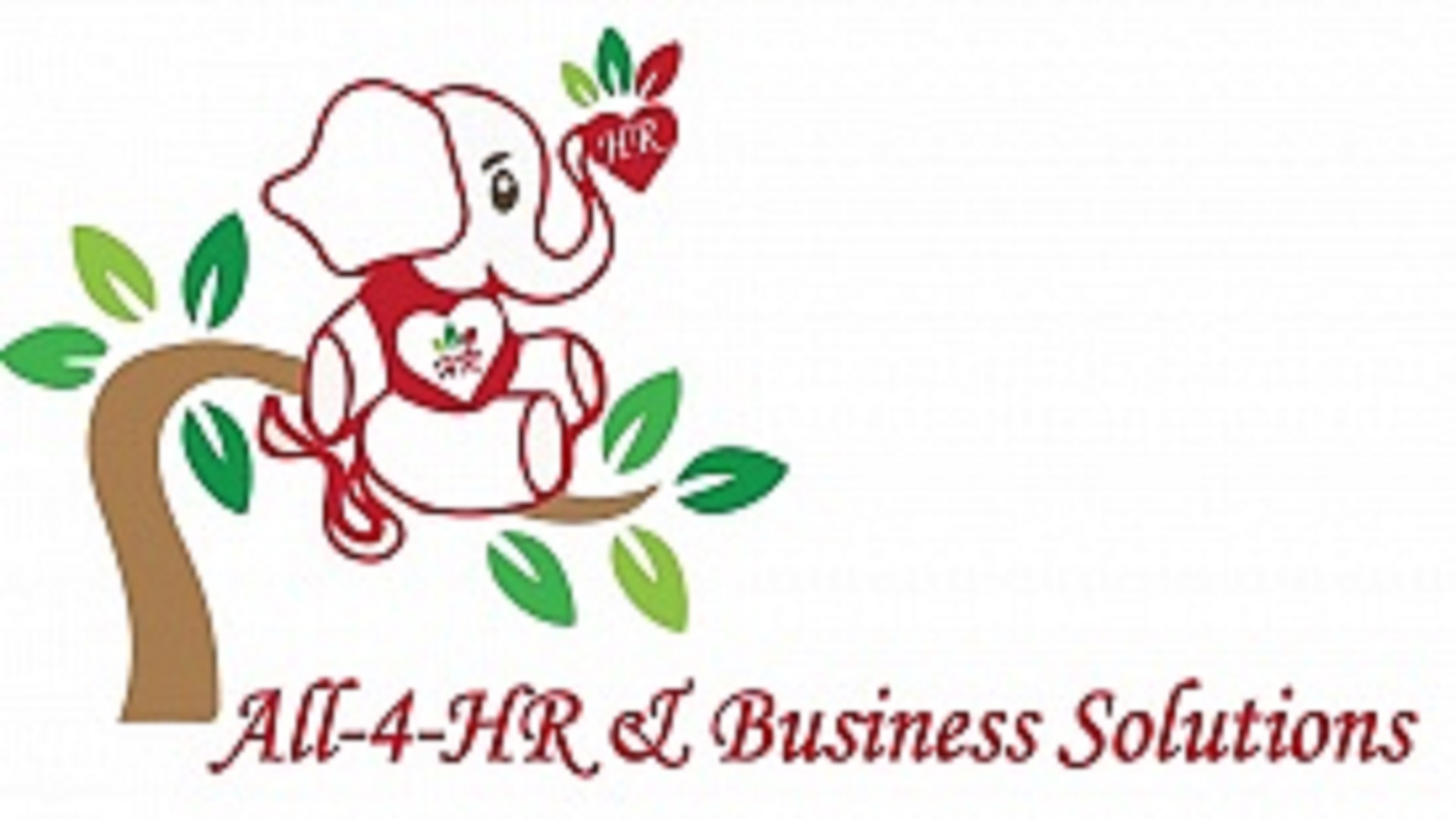
~ Business can be like a Circus -- Don't let HR be the Elephant in the Room! ~
What Are Our Clients Saying?


"All-4-HR's comprehensive services exceeds our company's expectations from recruiting, hiring, onboarding, retention and termination, we have done it all. This is our first year hiring employees and we have learned so much and achieved creating a culture of accountability in our space because of our partnership. Thank you."
Fletcher Daniels
CEO of Windows


April's passion for implementing HR policies, procedures, and practices to consistently and systematically operate and grow your business is exceptional. The HR Foundation program covers step-by-step training guidelines and HR forms that are required to set up a strong HR Foundation. April has transformed the way I manage and grow my team by implementing HR policies and procedures, while facilitating HR compliance, specifically to meet the needs of my company. She removes the guesswork out of HR, so I can focus on doing what I love, growing my business.
I would absolutely recommend April of all for HR Business Solutions for her HR expertise and program.
Angela,










